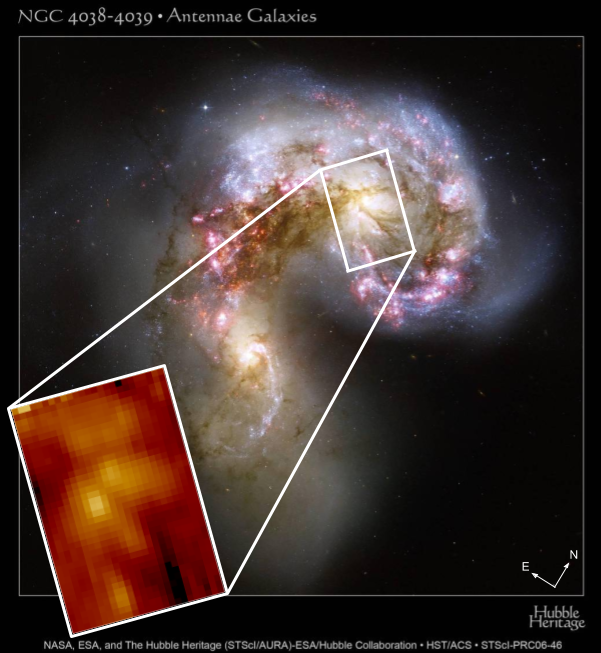The School of Mathematics and Physics is happy to report that UQ's new remote telescope observing facility kicked off with its first observing run from the 17th -19th May 2020.
The new remote observing room allows us to control major telescopes like the Anglo-Australian Telescope, and the Dark Energy Camera on the Blanco Telescope in Chile, remotely from the comfort of our own Physics building within our control room here at UQ.
On the nights of the 17th, 18th and 19th of May, 2020, Professor Tamara Davis and her PhD student Anthony Carr, conducted the first observation run remotely to operate the ANU 2.3m telescope located at Siding Spring Observatory in Warrumbungle National Park, NSW.

"Telescopes are complicated bits of machinery which require quite a lot of screen real-estate to be able to control each component, which we now have available in the new facility," says Anthony.
As described by Anthony, "Our project is to re-observe nearby galaxies that have been host to Type Ia supernovae. We are observing these galaxies to determine their 'redshift' which is a measure of their velocity away from us. Some of these galaxies are so large and bright that they have had redshift measurements for decades. However, them being so large opens us up to the possibility of accidentally using parts of galaxies that are rotating quickly, which throws off our estimate of the galaxies' actual velocities. We plan to revisit as many of these galaxies as we can see from the ANU 2.3m telescope to make sure previous measurements are accurate. We use the Wide-Field Spectrograph (WiFeS) instrument on the telescope, which lets us measure a whole swathe of a galaxy to really nail-down its actual redshift. The very first observing run in the new remote observing room was a great success; nice clear skies for the first two nights, and we were able to observe about 40 targets!"

"The fun thing about the 2.3m telescope is that the whole building rotates when slewing to a target. The only downside of remotely operating the 2.3m I can think of is that we don't get to experience that," Anthony said.
However our new remote observation station enables types of observations that are impractical to travel to due to distance and frequency of monitoring. The new observation station has been especially valuable during the impact of COVID-19.



